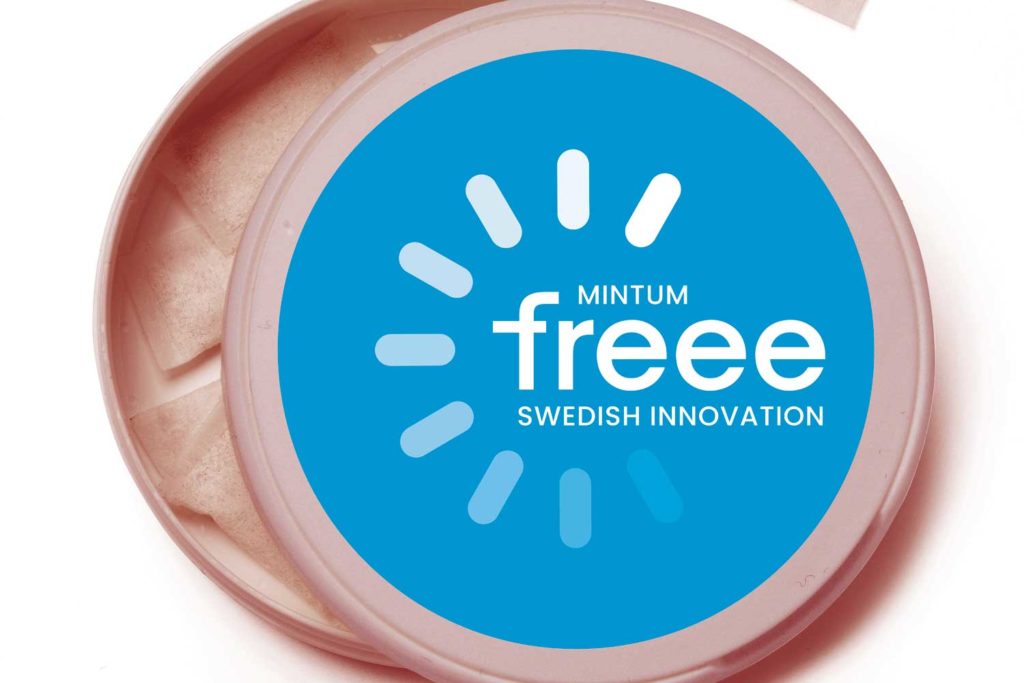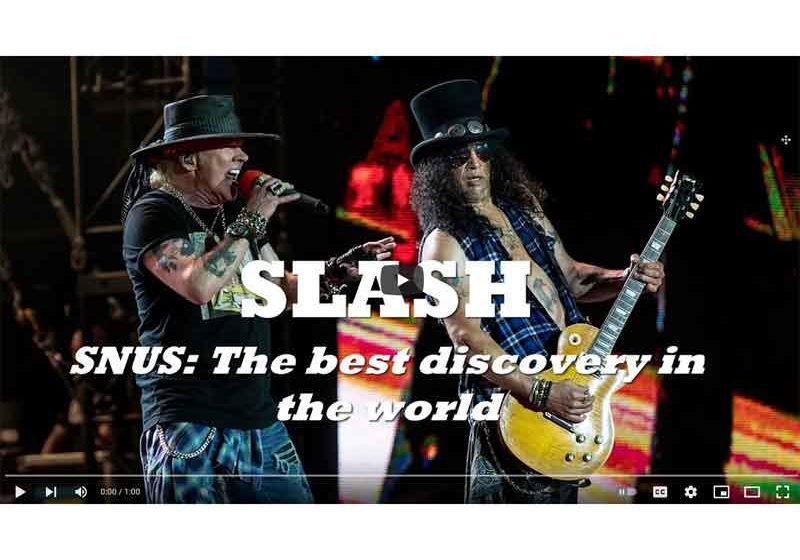
Johan Nissinen, a Swedish member of the European Parliament, has urged the EU to legalize snus, according to Snusforumet.
“Swedish snus and nicotine pouches are better options than cigarettes,” Nissinen said. “We can get rid of cigarettes once and for all thanks to snus and nicotine pouches. We need to highlight countries such as Sweden, but also Great Britain, where both Public Health England and the NHS [National Health Service] have encouraged citizens to use e-cigarettes instead of traditional combustible tobacco products to advance public health. It’s a further step in an already multi-year government health initiative aiming to make the U.K. completely smoke-free by 2030.”
“Sweden is proof of the public health advantages that come from embracing snus and nicotine pouches instead of cigarettes,” he said. “We need to do more to highlight the public health benefits. Sweden should also push to ensure the internal market is open for legal, equivalent products. If beer can be sold within the EU, wine should be too. If the sale of Coca-Cola is permitted, so must Pepsi, and so on. The same principle should apply to snus. If deadly cigarettes are permitted throughout the internal market, then a lower risk equivalent like snus should be as well.”




















